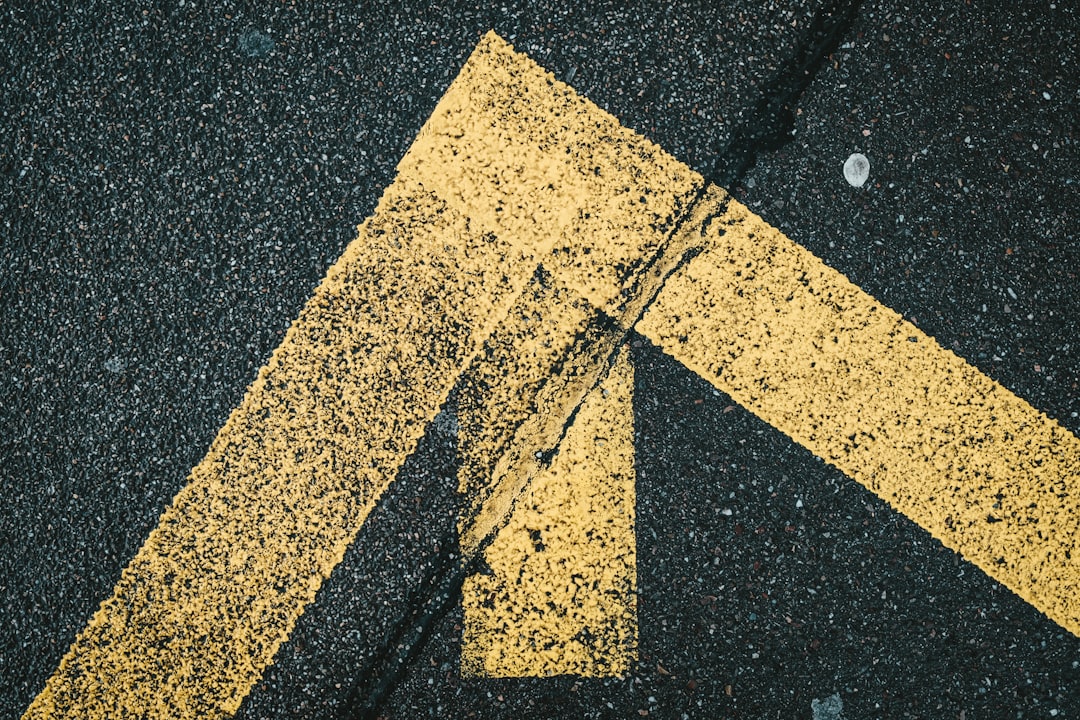Ever feel like your life is overflowing with “stuff” – physical, digital, and even mental? You’re not alone! In our fast-paced world, the constant accumulation of possessions and distractions can leave us feeling overwhelmed and drained. But what if there was a way to reclaim your space, time, and peace of mind? That’s where minimalism comes in. It’s more than just a trend; it’s a powerful lifestyle shift that’s gaining immense traction in 2025, offering a refreshing antidote to modern excess. Let’s dive in and explore how you can embrace this transformative journey! 😊
What is Minimalism and Why is it Resonating Now? 🤔
At its core, minimalism is about intentionally living with less to make room for what truly matters. It’s not about deprivation or owning nothing; it’s about curating your life to keep only what adds genuine value and purpose. This philosophy has seen a significant resurgence, especially among younger generations like Gen Z and Millennials, who are increasingly motivated by sustainability, financial freedom, and mental well-being.
The minimalist movement in 2025 is evolving. It’s moving beyond the sterile, stark aesthetics of the past towards a warmer, more personalized approach. Think natural materials, rich textures, and thoughtfully curated sentimental items that tell a story, rather than just filling a space. This shift reflects a deeper understanding that minimalism is a tool for enhancing life, not just an aesthetic choice.
Recent studies highlight that consumer minimalism significantly improves well-being by fostering contentment, reducing stress, and boosting overall life satisfaction. It also enhances mindfulness and positive emotions!
The Tangible Benefits: Statistics & Trends Shaping 2025 📊
The appeal of minimalism isn’t just anecdotal; it’s backed by compelling data and emerging trends. People are actively seeking to simplify their lives, and the benefits are clear:
- Enhanced Well-being: Research consistently links minimalism to reduced stress and anxiety, increased happiness, and a greater sense of well-being. By decluttering our physical spaces, we also declutter our minds, leading to enhanced mental clarity and focus.
- Financial Freedom: Adopting a minimalist lifestyle can lead to substantial financial savings. By reducing unnecessary purchases, controlling consumption, and avoiding debt, individuals free up resources for experiences and investments that truly matter.
- Environmental Impact: Minimalism plays a crucial role in promoting sustainability. A 2015 study found that the production and use of household goods and services were responsible for 60% of global greenhouse gas emissions. By buying less and prioritizing quality, reusing, and recycling, minimalists significantly reduce their ecological footprint. In fact, a Nielsen report indicates that 73% of worldwide shoppers would alter their purchasing behavior to lower their environmental impact.
Beyond these core benefits, several key trends are defining minimalism in 2025:
Key Trends in Minimalist Living (2025)
| Trend | Description | Impact |
|---|---|---|
| Digital Minimalism | Intentional use of technology to reduce distractions and focus on what truly serves you. | Improved mental clarity, increased productivity, deeper relationships. |
| Sustainable Minimalism | Blending intentional living with eco-conscious habits (reduce, reuse, recycle, rethink). | Reduced environmental footprint, supports ethical consumption, calmer home. |
| Personalized Minimalism | Moving away from rigid rules; focusing on what minimalism means to you personally. | Greater sense of freedom, authenticity, and alignment with personal values. |
| Wellness-Centered Spaces | Designing homes to reduce stress and enhance relaxation using natural materials and muted palettes. | Soothing atmosphere, mental calm, improved sleep quality. |
Sometimes, the desire to achieve a minimalist aesthetic can unintentionally lead to overconsumption if you declutter everything only to buy “better” new things. Focus on mindful disposal and truly needing items.
Key Checkpoints: This is What You Absolutely Need to Remember! 📌
Have you been following along well so far? This article is quite long, so I’ll recap the most important takeaways. Please remember these three things above all else.
-
✅
Understand Your “Why”
Before you start decluttering, clearly define your motivation for embracing minimalism. This “why” will be your guiding star throughout your journey. -
✅
Embrace Mindful Consumption
Focus on buying less, choosing wisely, and prioritizing quality over quantity. Ask yourself if an item truly adds value before bringing it into your life. -
✅
It’s a Journey, Not a Destination
Minimalism is about progress, not perfection. Be patient with yourself and celebrate small steps towards a more intentional and fulfilling life.
Your Practical Guide to Decluttering and Simplifying 👩💼👨💻
Ready to roll up your sleeves? Here’s how to start implementing minimalism in your daily life. Remember, the goal is to only keep what adds true value to your life.
1. Physical Decluttering Methods
- The KonMari Method: Keep only items that “spark joy.” Work through categories like clothes, books, paper, miscellaneous items, and sentimental items in that order.
- The 90/90 Rule: If you haven’t used an item in the last 90 days and won’t use it in the next 90, let it go. This is a great way to assess utility.
- The Four-Box Method: Label four boxes: Keep, Donate, Sell, or Trash. Go through your items and place them into the appropriate box.
- The 1-3-5 Method: Tackle one big task, three medium tasks, and five small tasks daily. This breaks down overwhelming projects into manageable chunks.
- The “Didn’t Know” Method: Get rid of anything you didn’t know or forgot you had. This is particularly effective for hidden clutter.
2. Embracing Mindful Consumption
- Quality Over Quantity: Invest in high-quality, versatile items that serve multiple purposes and will last, rather than constantly replacing cheap, poorly made goods.
- The 30-Day Waiting Period: Before making non-necessity purchases, wait 30 days. Often, the impulse will pass, and you’ll realize you don’t truly need the item.
- Secondhand First: Prioritize secondhand shopping over new purchases. This reduces demand for new products and minimizes waste.
- Reduce Waste at the Source: Focus on avoiding single-use items and choosing products with minimal packaging. Composting and recycling are also key.
3. Digital Minimalism
- Assess Your Digital Clutter: Evaluate the importance of each digital element in your life. Delete non-essential apps, unsubscribe from newsletters, and organize your digital files.
- Set Boundaries: Designate specific times to unplug, silence non-essential notifications, and create device-free zones in your home. The average person spends 7 hours per day on screens and checks their phone 344 times daily, highlighting the need for boundaries.
- Embrace Analog Hobbies: Rediscover offline pursuits like reading physical books, gardening, or playing an instrument to enrich your life outside the digital realm.
When decluttering, consider what happens to your discarded items. Donate, sell, recycle, or rehome responsibly to align with sustainable minimalism principles.
Real-World Example: Sarah’s Journey to Clarity 📚
Let’s look at Sarah, a marketing professional in her early 30s, who felt constantly overwhelmed by her cluttered apartment and endless digital notifications. She decided to embrace minimalism in early 2025.
Sarah’s Situation
- Overwhelmed by impulse purchases and a wardrobe full of clothes she rarely wore.
- Constantly distracted by social media and email notifications, impacting her focus at work and personal life.
- Felt financially strained despite a good income, due to continuous spending.
Her Minimalist Transformation Process
1) Defined her “Why”: Sarah wanted more mental peace, financial freedom, and to reduce her environmental impact.
2) Applied the 90/90 Rule: She started with her wardrobe, donating over half her clothes. She then moved to her kitchen and living room, using the Four-Box Method.
3) Embraced Digital Minimalism: Sarah deleted non-essential apps, turned off most notifications, and set specific times to check emails and social media. She replaced endless scrolling with reading and hiking.
4) Practiced Mindful Consumption: Before buying anything new, she implemented a 30-day waiting period and prioritized secondhand items or high-quality, versatile pieces.
Final Results (October 2025)
– Mental Clarity: Sarah reports feeling significantly less stressed and more focused, both at work and in her personal life.
– Financial Savings: She saved enough money to start an emergency fund and invest in a weekend trip focused on experiences rather than material goods.
– Sustainable Living: Her reduced consumption and responsible disposal habits have given her a sense of contributing positively to the environment.
Sarah’s story isn’t unique. By taking intentional steps and being patient with the process, she transformed her life. Her experience highlights that minimalism isn’t about rigid rules, but about finding what works for you to create a more purposeful existence.
Wrapping Up: Your Path to a Simpler, Happier Life 📝
Minimalism in 2025 is more relevant than ever. It’s a powerful philosophy that helps us navigate the complexities of modern life by focusing on what truly enriches us. From decluttering our homes to simplifying our digital lives and consuming more mindfully, each step contributes to a greater sense of peace, purpose, and well-being.
Remember, your minimalist journey is unique. Start small, be consistent, and celebrate every step towards a life filled with intention and joy. What are your biggest challenges or triumphs in embracing minimalism? Share your thoughts in the comments below – I’d love to hear from you! 😊
Minimalism in a Nutshell
Frequently Asked Questions ❓

